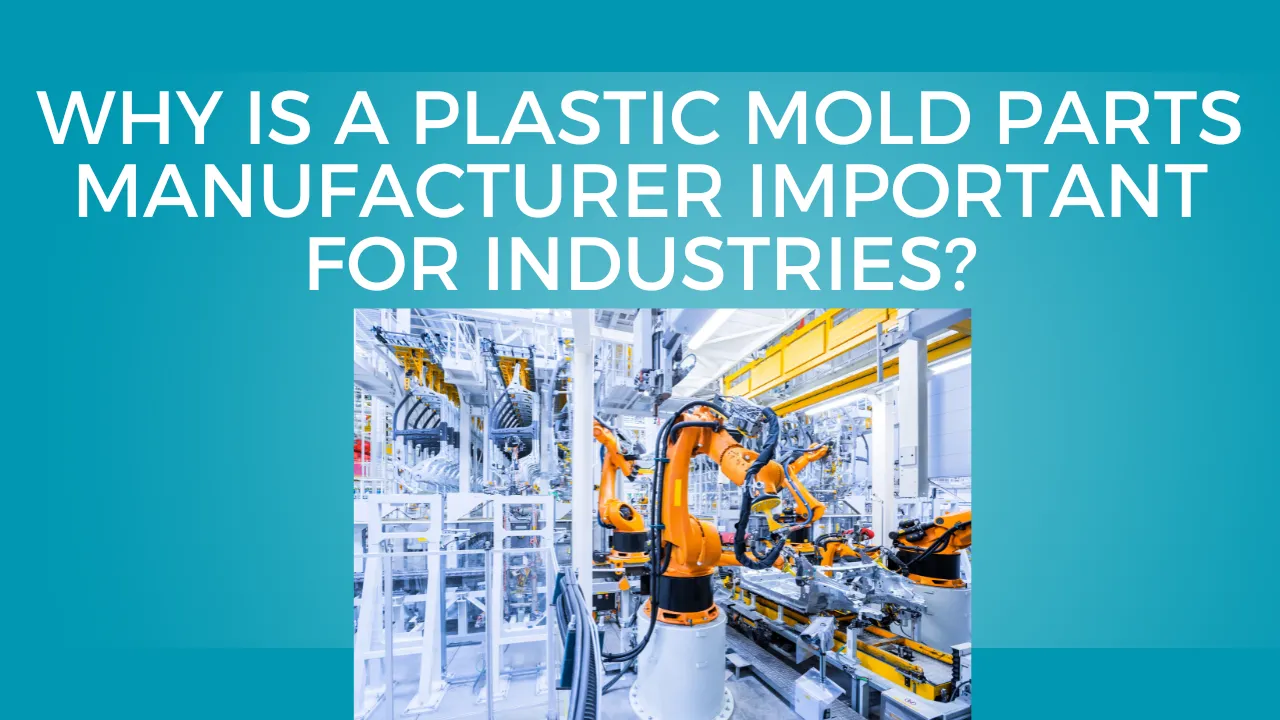Introduction
Automobile exhaust is one of the leading sources of air pollution worldwide. As the number of vehicles continues to grow, the emission of harmful gases increases, affecting human health and the environment. Learning how we can control automobile exhaust is essential not only for reducing pollution but also for maintaining vehicle performance and fuel efficiency.
In this comprehensive guide, we’ll explore effective strategies, technologies, and real-world practices that help in reducing exhaust emissions. Whether you’re a car owner, a mechanic, or simply a concerned citizen, this article provides valuable insights to help you make a difference.
For a detailed breakdown of exhaust control strategies, you can also read our how can we control automobile exhaust overview.
Understanding Automobile Exhaust Emissions
Automobile exhaust refers to gases emitted by internal combustion engines. These emissions consist of harmful pollutants like carbon monoxide (CO), nitrogen oxides (NOx), hydrocarbons (HC), and particulate matter (PM). Together, these pollutants contribute to smog formation, acid rain, and climate change.
The Major Components of Exhaust
- Carbon Monoxide (CO): A poisonous gas that results from incomplete combustion of fuel.
- Nitrogen Oxides (NOx): Formed when nitrogen and oxygen react at high temperatures in the engine.
- Hydrocarbons (HC): Unburned fuel that escapes through the exhaust.
- Particulate Matter (PM): Tiny solid particles that can cause respiratory issues.
- Carbon Dioxide (CO₂): A greenhouse gas contributing to global warming.
Understanding these emissions is the first step toward learning how we can control automobile exhaust effectively.
Why Controlling Automobile Exhaust Matters
Reducing automobile exhaust isn’t just about passing emissions tests — it’s about health, sustainability, and long-term cost savings.
Clean air initiatives worldwide focus on minimizing emissions to reduce respiratory diseases, global warming, and ecological damage. Controlling exhaust also enhances vehicle efficiency, extending the engine’s lifespan and improving fuel economy.
Governments have introduced emission standards like Euro 6 and EPA Tier 3, encouraging automakers to adopt cleaner technologies. However, personal responsibility plays a major role in making a real difference.
How Can We Control Automobile Exhaust — Practical Tips
To truly understand how we can control automobile exhaust, it’s important to look at practical, evidence-based steps that work in everyday situations.
Regular Vehicle Maintenance
One of the simplest ways to reduce exhaust emissions is through regular maintenance. A poorly maintained vehicle burns more fuel and emits higher pollutants.
- Check spark plugs and air filters: Dirty filters and worn-out spark plugs lead to incomplete combustion.
- Use recommended engine oil: Quality engine oil reduces friction and improves efficiency.
- Inspect exhaust systems: Ensure there are no leaks or blockages in the muffler or catalytic converter.
Use of Catalytic Converters
Catalytic converters are essential devices fitted into the exhaust system. They convert harmful gases into less harmful substances before release.
Modern converters reduce CO, NOx, and HC levels dramatically. Ensuring your catalytic converter is functioning properly is vital in maintaining emission control.
Fuel Quality and Additives
Using high-quality fuel with low sulfur content can significantly cut emissions. Some fuel additives enhance combustion, cleaning engine valves and injectors.
For example, biofuels such as ethanol or biodiesel emit fewer pollutants than traditional gasoline or diesel, making them a sustainable choice.
Adoption of Electric and Hybrid Vehicles
Switching to electric or hybrid vehicles is a long-term solution for controlling automobile exhaust. These vehicles either eliminate tailpipe emissions or reduce them substantially.
Electric cars produce zero exhaust, while hybrids optimize fuel usage, cutting CO₂ emissions by up to 50%. The growing availability of charging stations makes them increasingly practical.
Proper Driving Habits
Driving habits play a major role in emission levels. Rapid acceleration, excessive idling, and frequent braking increase fuel consumption.
Practicing eco-driving — smooth acceleration, steady speeds, and minimizing idling — reduces emissions while saving fuel. Maintaining proper tire pressure also helps the engine run efficiently.
Implementing Emission Control Technology
Automakers use advanced emission control technologies, such as:
- Exhaust Gas Recirculation (EGR): Reduces NOx emissions by recirculating a portion of exhaust gas into the intake.
- Diesel Particulate Filters (DPF): Trap soot particles in diesel vehicles.
- Selective Catalytic Reduction (SCR): Converts NOx into nitrogen and water vapor using urea-based additives.
These technologies demonstrate how we can control automobile exhaust through engineering innovations.
Real-World Examples of Exhaust Control
Countries around the world have implemented successful emission reduction policies.
Japan’s Stringent Emission Laws
Japan enforces strict vehicle inspection laws, ensuring all cars on the road meet low-emission standards. As a result, urban air quality has improved significantly.
Europe’s Euro Standards
The Euro emission standards have progressively reduced pollutants in new vehicles since 1992. Euro 6-compliant vehicles emit 96% less NOx than those produced before Euro 1.
India’s Bharat Stage (BS) Norms
India adopted the Bharat Stage VI norms, mandating advanced technology like DPF and SCR systems. This shift has improved the air quality in major cities.
These examples prove that practical action combined with public awareness can bring measurable results.
For more insights on evolving automobile technologies, explore our automobile insights section.
Role of Public Awareness and Government Policies
Public education is critical in controlling automobile exhaust. Awareness campaigns encourage drivers to maintain vehicles properly and shift to greener alternatives.
Government incentives, such as tax rebates on electric vehicles and subsidies for renewable energy, further motivate change. Urban planning — including better public transport and carpool programs — reduces the total number of vehicles on the road.
Partnerships between manufacturers, policymakers, and consumers ensure a collective move toward cleaner transportation.
The Future of Exhaust Control — Emerging Trends
Technological innovation continues to transform how we manage automobile emissions.
Hydrogen-Powered Vehicles
Hydrogen fuel cell cars emit only water vapor, offering a truly zero-emission solution. As hydrogen infrastructure expands, they may become mainstream.
Synthetic Fuels
Synthetic fuels made from captured CO₂ and renewable energy are being developed to replace fossil fuels, reducing net carbon emissions.
Smart Traffic Systems
Smart traffic management using AI reduces congestion, lowering idle times and emissions.
As automotive journalism platforms like Car and Driver note, the next decade will define the future of sustainable mobility.
FAQs
What are the main ways to control automobile exhaust?
Regular maintenance, catalytic converters, eco-friendly fuels, and adopting electric vehicles are key ways to control exhaust.
How do catalytic converters reduce emissions?
They convert toxic gases like CO, HC, and NOx into less harmful substances such as CO₂, nitrogen, and water vapor.
Does using better fuel improve emission levels?
Yes. Premium or low-sulfur fuels burn more cleanly, producing fewer pollutants.
Can driving habits affect exhaust emissions?
Absolutely. Smooth driving and avoiding excessive idling significantly lower emissions and fuel consumption.
Why is it important to control automobile exhaust?
Reducing exhaust helps combat air pollution, climate change, and respiratory illnesses while improving fuel efficiency.
Controlling automobile exhaust is not a single-step process but a combination of responsible driving, vehicle maintenance, and technological innovation. By understanding how we can control automobile exhaust and applying these practices daily, every driver can contribute to a cleaner environment.
Start by maintaining your car, choosing quality fuel, and supporting eco-friendly technologies. Cleaner air begins with informed choices — and yours can make a difference today.







